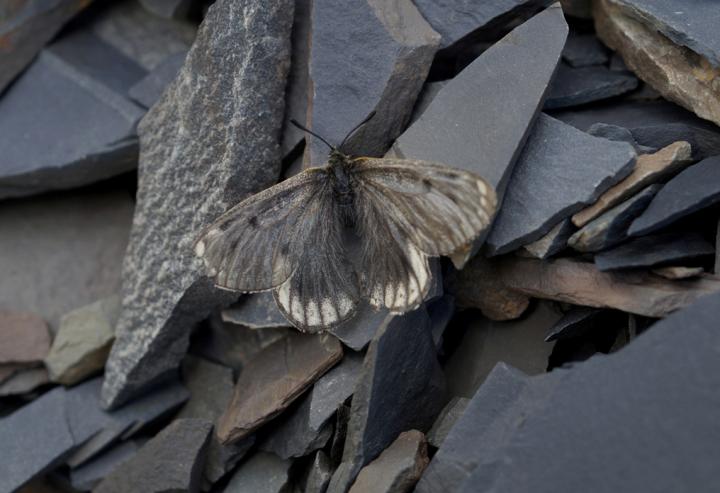
Credit: Dr Roman V. Yakovlev
An isolated population of the rarest Palaearctic butterfly species: the Arctic Apollo (Parnassius arcticus), turned out to be a new to science subspecies with distinct looks as well as DNA. Named Parnassius arcticus arbugaevi, the butterfly is described in a recent paper, published in the peer-reviewed, open-access scientific journal Acta Biologica Sibirica.
“Thanks to the field studies of our colleague and friend Yuri Bakhaev, we obtained unique butterfly specimens from the Momsky Range in North-Eastern Yakutia. This mountain range, which is about 500 km long, has until now been a real ‘blank spot’ in terms of biodiversity research,” explains the lead author of the study, Dr Roman Yakovlev, affiliated with Tomsk State University and Altai State University.
“With the kind permission of Mikhail Ivanov, Director of the Momsky National Park, entomological collections were carried out in various parts of the park. Hard-to-reach areas were visited with the help of inspector Innokenty Fedorov,” he adds.
Then, amongst the specimens, the scientists spotted butterflies that at first they thought to be the rarest species for the entire Palaearctic: the Arctic Apollo, a species endemic to Russia and North-Eastern Yakutia, which had only been known from the Suntar-Khayata and Verkhoyansk mountains.
Later, however, the team noticed that the curious specimens were larger on average, had more elongated wings compared to the Arctic Apollo, and were also missing the distinct dark spot on the wings. At that moment, they thought they were rather looking at a species currently unknown to science, and belonging to the Parnassius tenedius species group.
Eventually, following in-depth morphological and molecular genetic analyses, the scientists concluded that the population from the Momsky Range was in fact a new subspecies of the Arctic Apollo and can be distinguished by a number of external and DNA differences. They named the new subspecies Parnassius arcticus arbugaevi after German Arbugaev, Director of the ecological-ethnographic complex Chochur Muran, who provided comprehensive assistance to one of the co-authors of the study, Yu.I. Bakhaev, in his research in Yakutia.
The new subspecies inhabits dry scree slopes with poor vegetation at an elevation of 1,400 m. So far, it is only known from the type locality, Momsky Range, North-Eastern Yakutia, where butterflies can be seen from early June to July. The wingspan in males range between 39 and 45 mm.
“Thus, we obtained significant new data on the distribution and taxonomy of one of the rarest butterflies in the North Palaearctic,” say the researchers in conclusion.
###
Original source:
Yakovlev RV, Shapoval NA, Bakhaev YI, Kuftina GN, Khramov BA (2020) A new subspecies of Parnassius arcticus (Eisner, 1968) (Lepidoptera, Papilionidae) from the Momsky Range (Yakutia, Russia). Acta Biologica Sibirica 6: 93-105. https:/
Media Contact
Dr Roman V. Yakovlev
[email protected]
Related Journal Article
http://dx.




